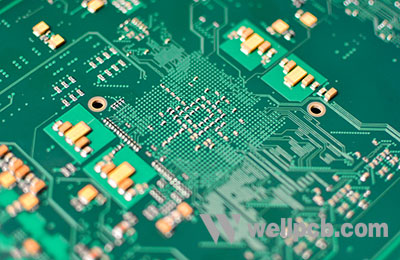When you see these boards, most people can recognize them. They are green and made of copper, and you can find them in electronics. The assembly process also requires a lot of technical support. If you do not master these technologies, the PCB will likely not implement the function smoothly. Printed Circuit Board assembly is the process of soldering all electronic components. It glues everything to the printed circuit board and consists of many manual and automatic steps. So let’s learn the skills of the printed circuit board assembly.
Contents
- 1 Thru-Hole Technology for PCBA
- 2 The Surface Mount Technology (SMT) Method
- 3 Mixed Technology
- 4 Printed Circuit Board Assembly– Be Well-Aware of File Formats
- 5 Communicate With your Printed Circuit Board Assembly Provider
- 6 Use all the Tools Available to Make the Final Product
- 7 Stay Cautious Dealing With an Offshore Provider
- 8 Do Not Rely On A Single Supplier
- 9 Printed Circuit Board Assembly– Always Name and Label Parts
- 10 Printed Circuit Board Assembly– Make the Labeling Easy to Read
- 11 Pay Close Attention to the Design for Manufacturing Test
- 12 Check Every Trade-off
- 13 Printed Circuit Board Assembly– Test Out Before Ordering
- 14 Conclusion
Thru-Hole Technology for PCBA
You can call it as one of the traditional methods of assembling. Here, you need the collaboration of various manual and automated procedures.
In this process of assembling, here is what happens. First, there are electronic components with leads. These come out through the tiny holes in the PCB. The board is stuck using the solder mask. There are three steps in this procedure. These are –
1 Components Placement,
2 Inspection and Rectification,
The first is a manual process. The engineers place the components on their corresponding positions. While doing so, they need to keep in mind the design files of the circuit board. It is what will help them structure the design according to client needs.
The component placement is what guarantees high-quality products somewhat. For production, manufacturers follow several operation standards and regulations.
For example, engineers have to keep a check to ensure polarity clarification. They need to look at the component orientation to the ambient components. The component placement after completion needs to be compatible with the corresponding standards. Some have to wear anti-static wristbands. They have to do this when dealing with components that are sensitive to static. For instance, this is especially true when they are dealing with Integrated Circuits.
The second step is inspection and Rectification. After component placement, the board now put on a matching frame transport. The board needs investigation. One has to check if all the components are secure. The Ensures the accuracy of the arrangement. If there are any issues, it is elementary to rectify it now as well. It is easy because this stage is before soldering in the assembly process.
The final process is wave soldering. After soldering the Thru-hole components to the board, this is the third process. Here, you put the board through a more mixture of liquified solder. The Happens at a very high temperature of about 500° Fahrenheit. When the process is over, the components attach firmly.
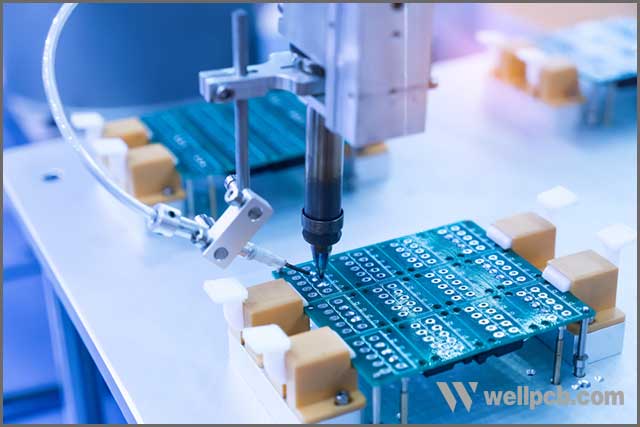
The Surface Mount Technology (SMT) Method
In this PCB assembly process, the electronic components are tiny and sensitive. They are like diodes and resistors. The equipment and soldering materials here are different.
The process here differs from the above one. In some ways, it even stands out. You can achieve higher manufacturing efficiency here—one of the reasons many manufacturers adopt this approach. Everything happens from pick and place, solder paste printing, and also reflow soldering.
This procedure comprises three steps. We will talk about all three below.
The first step is to solder paste printing. Here, the application of paste takes place to the code via a paste printer. To ensure accuracy when it comes to mounting, manufacturers use a stencil or a solder screen.
How do you determine the quality of the paste printing to the quality of the soldering? Manufacturers look to make the inspections. An inspector of solder paste is in charge of this. They start after the printing process. With this inspection, you can meet the otherwise stringent regulations. If there is any defect, manufacturers can rework the printing and wash it off. Only then do you start with the second printing.
The second step is to mount the components. After the board has come out of the printer, it goes to the mick and place. Machine Here, you install the integrated circuits or elements on the corresponding pads. You need to keep in account the tension of the paste. You mount the ingredients on the board via a component reel that is present inside the machine. It helps the parts to stick onto the board firmly.
The last step is what we call reflow soldering. Here, you place the components via a long furnace on the board. Again, you need a similar temperature like the above one. It is what helps the solder to liquefy. Then, all the elements are bound firmly on the board.
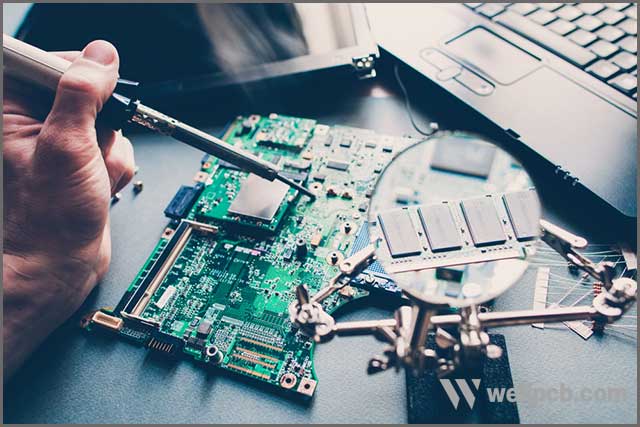
Mixed Technology
Today, electronic products have become more integrated, as well as complicated. Plus, circuit boards are growing smaller in size. It is peculiar for circuit boards to contain only a single category of the component.
The majority of the boards have Thru-hole and Surface Mount components. It needs the collaboration of both technologies. Yes, the process of soldering is very complicated. You do not want to affect it with a large number of elements. You need to better the sequence arrangement of both of these technologies.
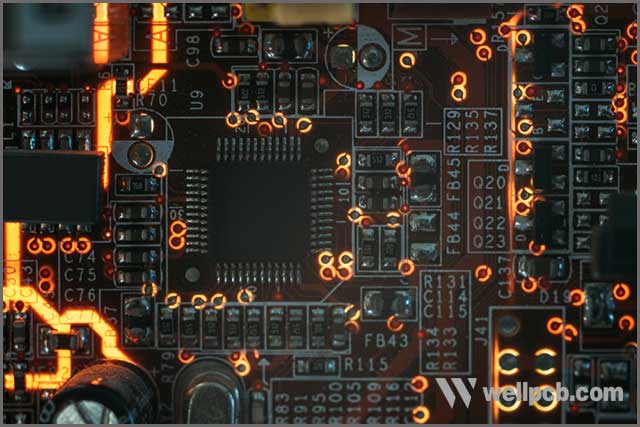
Printed Circuit Board Assembly– Be Well-Aware of File Formats
When choosing a free circuit board, make sure that your manufacturer has experience. You need them to be able to deal with the format that you have planned to use. It is a crucial step as some manufacturers may not trade all the file formats. The two most popular options are CAD and Gerber.
The file format is a crucial step in PCB design. You have to make sure the manufacturer you opt for has a good experience on the form you plan to use.
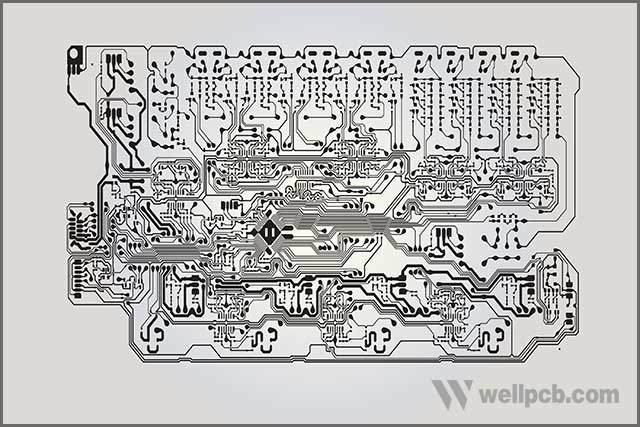
Communicate With your Printed Circuit Board Assembly Provider
Speak with your Printed Circuit Board Assembly provider during the design stage. Do not wait to do it in the end, as it can open you up to many more options for the design. You will get to know essential suggestions on the map and more insight into the industry. You will know about new processes and technologies. They can make you aware of the latest models, methods, and industry trends
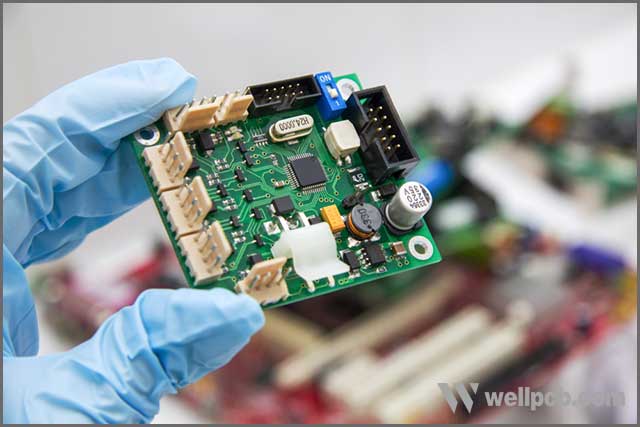
Use all the Tools Available to Make the Final Product
Your assembler can provide you with tools to help you get the most effective final product. Know what you need. Talk to your manufacturer during the design stage. The latest technologies can improve efficiency. Take a look at how to make the final product better.
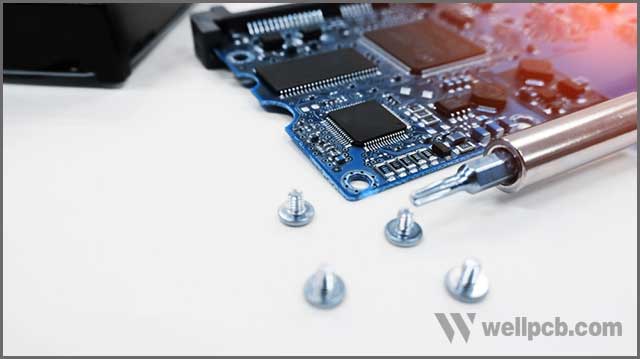
Stay Cautious Dealing With an Offshore Provider
Many people start opting for foreign providers. For one, they provide the item at an affordable price. But there are a lot of risks that come along with this process.
Offshore providers tend to use low-quality parts at times. These are not of the right standard. In turn, it affects you in the long run. There are also production delays that can affect your timeline of events. You need an offshore provider you can trust.
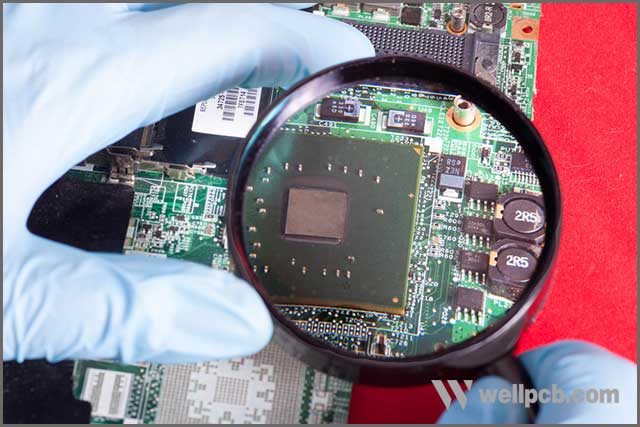
Do Not Rely On A Single Supplier
Don’t count on a new supplier. Or, only one supplier for all your needs. Always have a back-up plan instead. You want to ensure the perfect design with the utmost care. Also, don’t try to include the parts that aren’t available in the market.
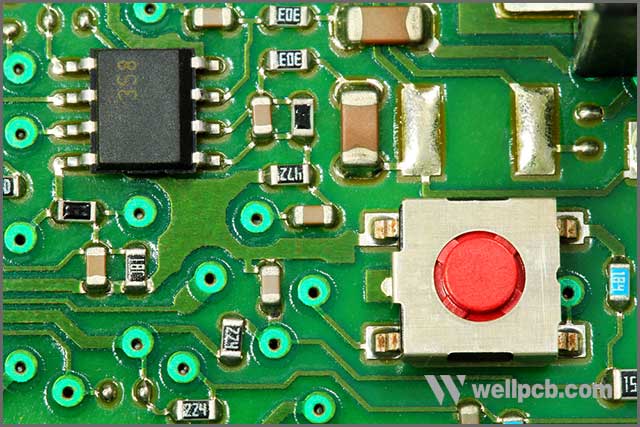
Printed Circuit Board Assembly– Always Name and Label Parts
You should always try to mention the name and number of all the components included in the package. It helps to reduce any scope for error. Also, labeling is good practice. You don’t want to mix things up. It will take significant time to sort things out later.
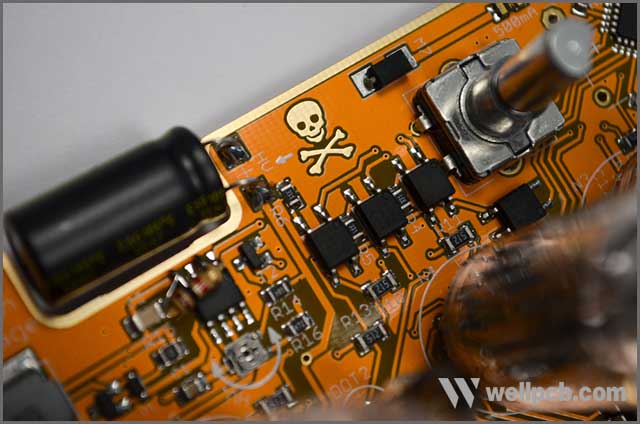
Printed Circuit Board Assembly– Make the Labeling Easy to Read
Make sure your numbering and labeling parts are easy to understand and read. For instance, if there are two parts, label as Part 1 and 2. If the names are similar, denote them differently. This way, you do not have any scope for a mistake.
Pay Close Attention to the Design for Manufacturing Test
Design for manufacturing tests helps reduce associated costs, make the deal more comfortable, and find and solve potential problems, ensuring a smooth manufacturing process.
Check Every Trade-off
Know what you want from the board to get a well-designed and Printed Circuit Board Assembly. The best way is by talking to your customers. They can give you tips on how you can improve the design to meet all your requirements.
Printed Circuit Board Assembly– Test Out Before Ordering
Many places offer significant discounts when you place a bulk order. But you shouldn’t fall for that unless you are sure about the quality they provide. Before ordering in a bulk amount, try out the final product to ensure good condition. You can also hire different assembler services so that you can compare and make a final decision.
Conclusion
Follow these simple tips and techniques to make your Printed Circuit Board Assembly a success. At WellPCB, we provide expert service to all PCB Assemblies issues. And by choosing our company, you want to partner with a service that will deliver you the best. We offer you not only shorter wait times but also high-quality products.
Talk to us today to learn more!
